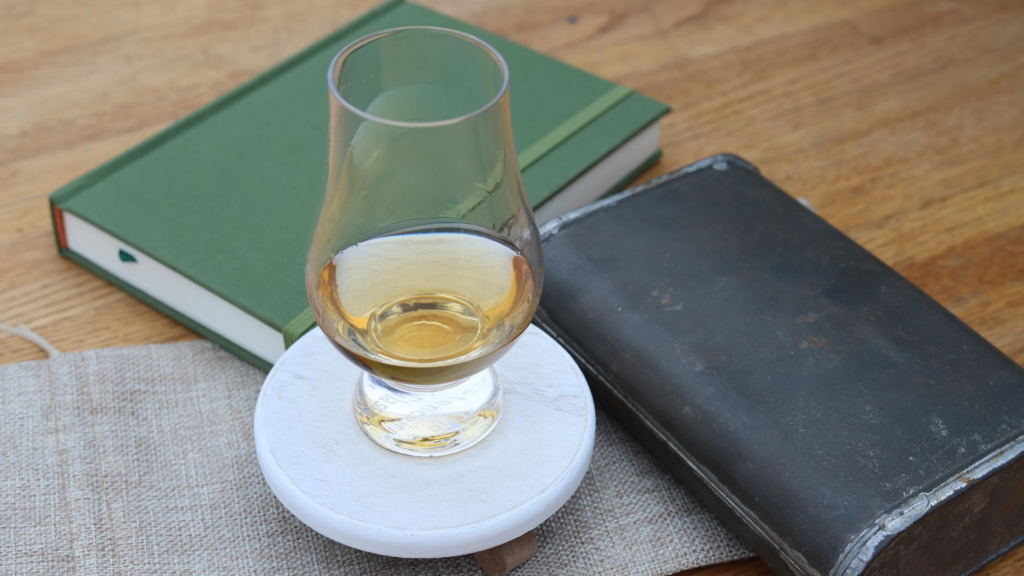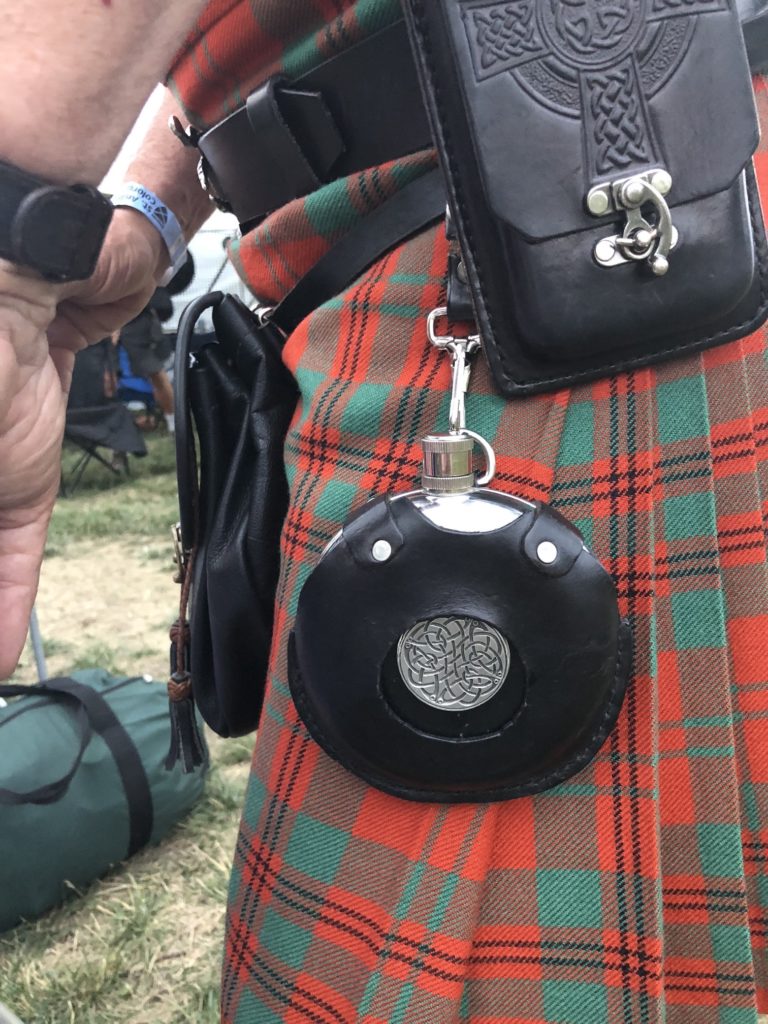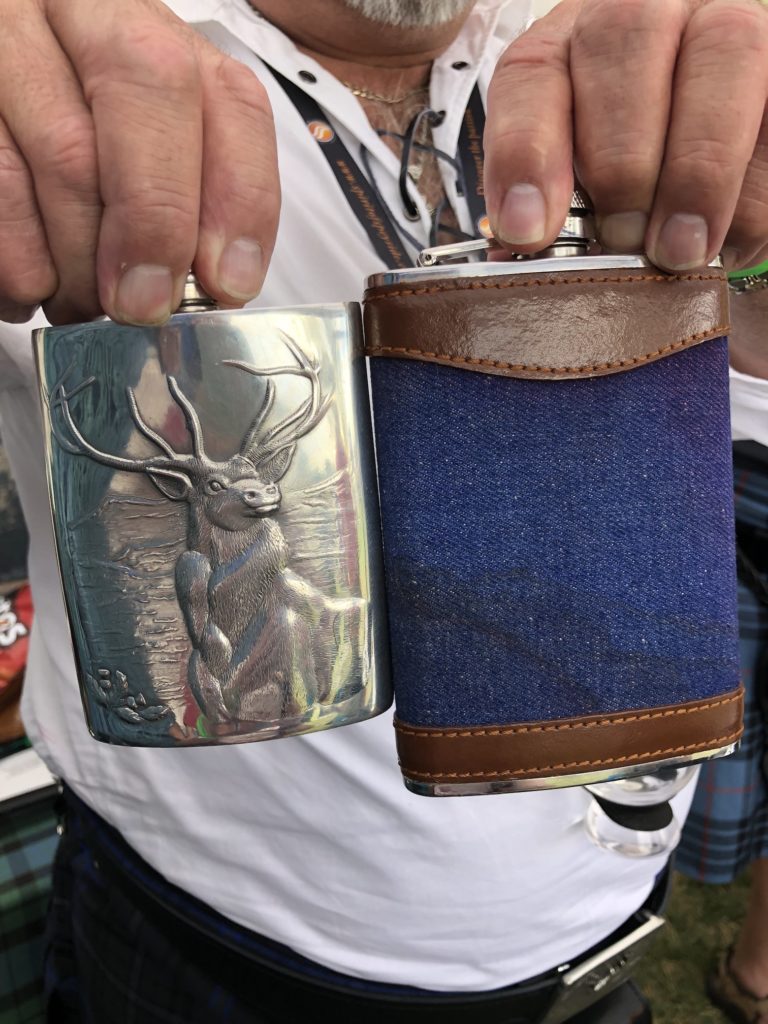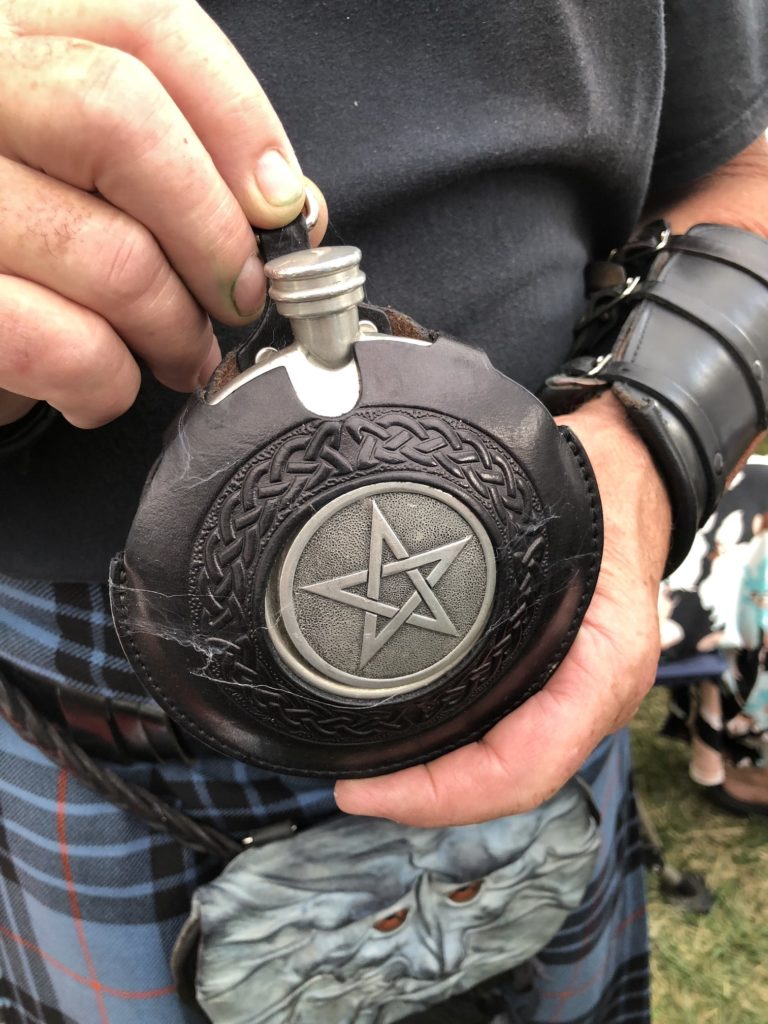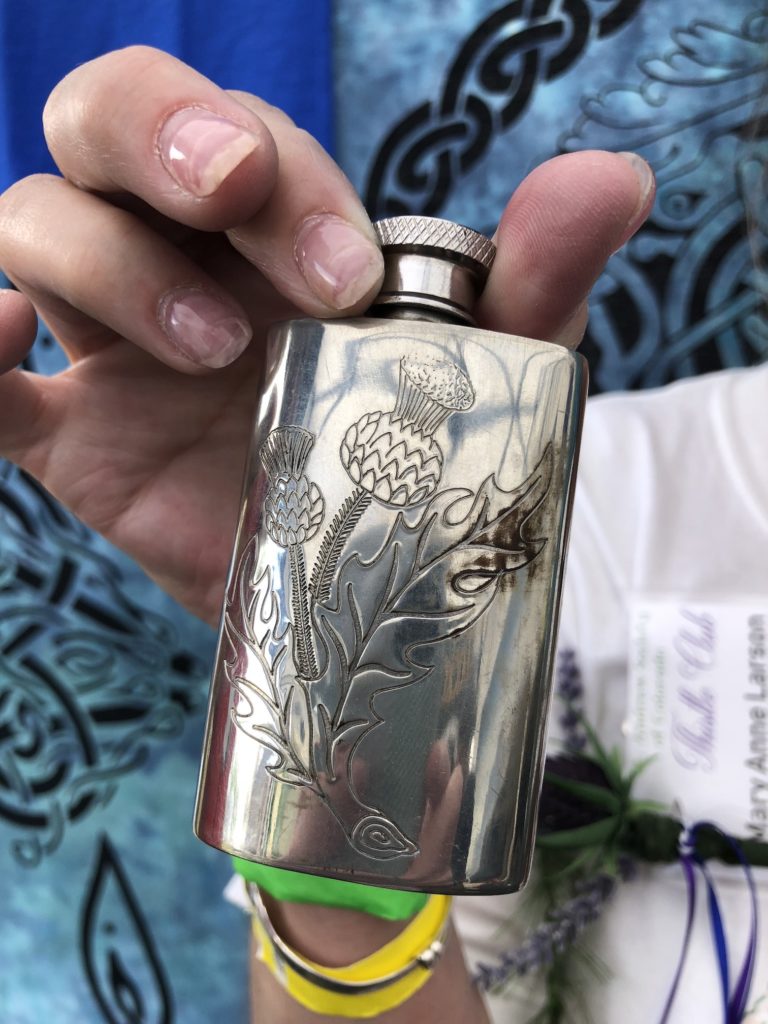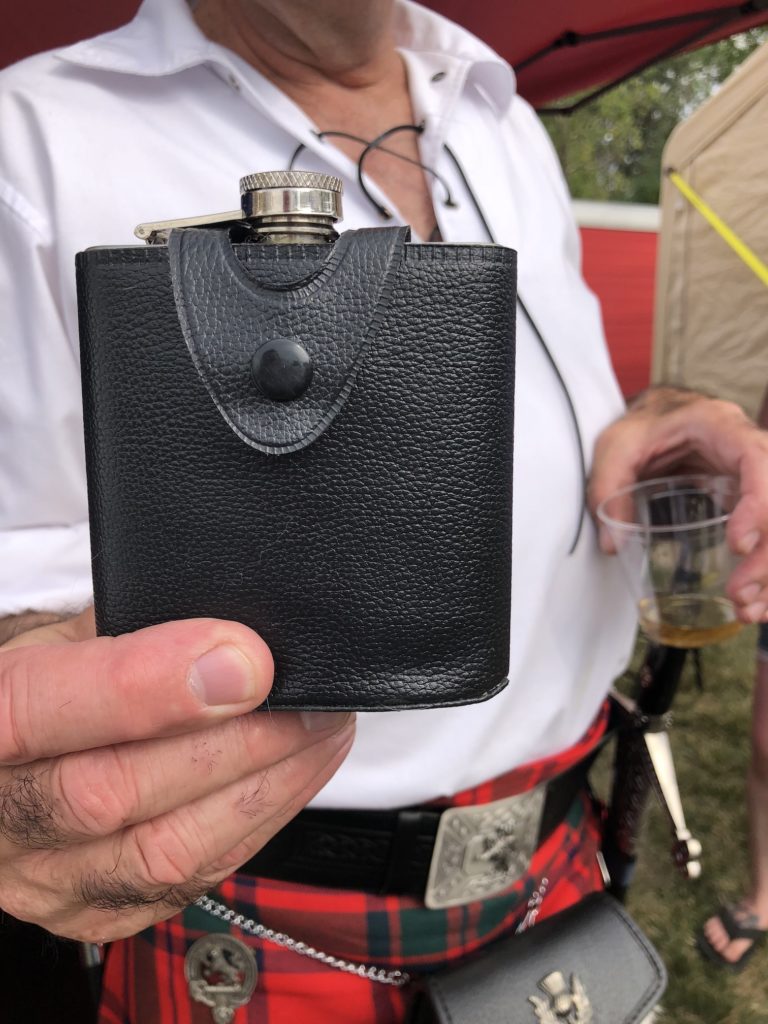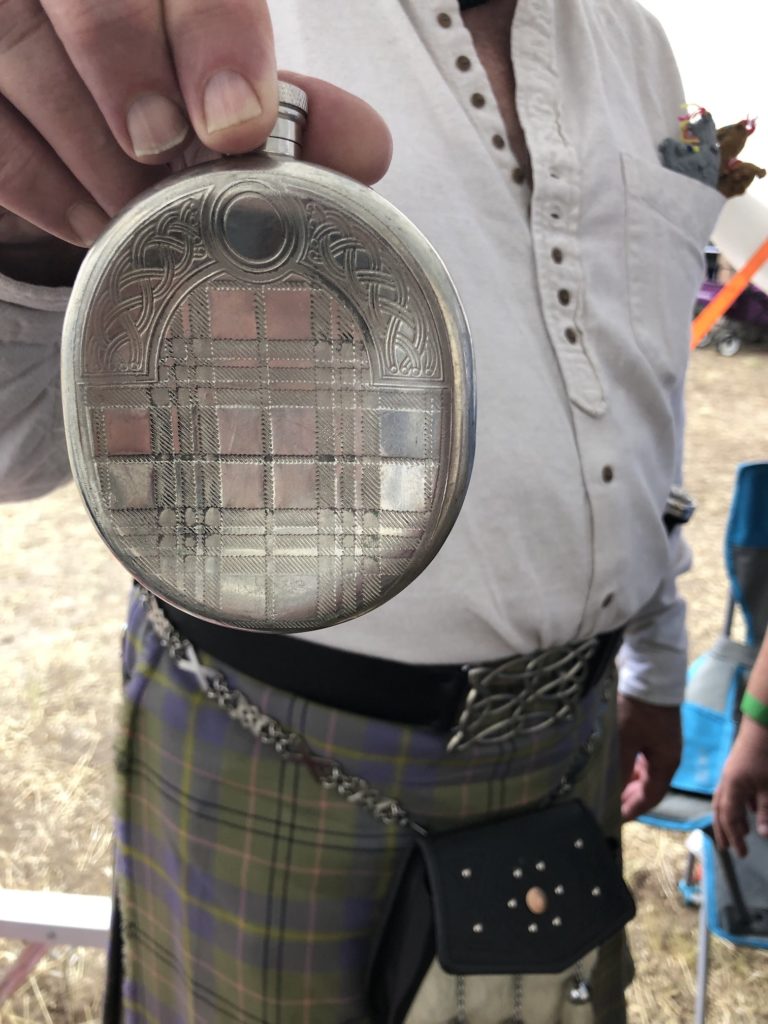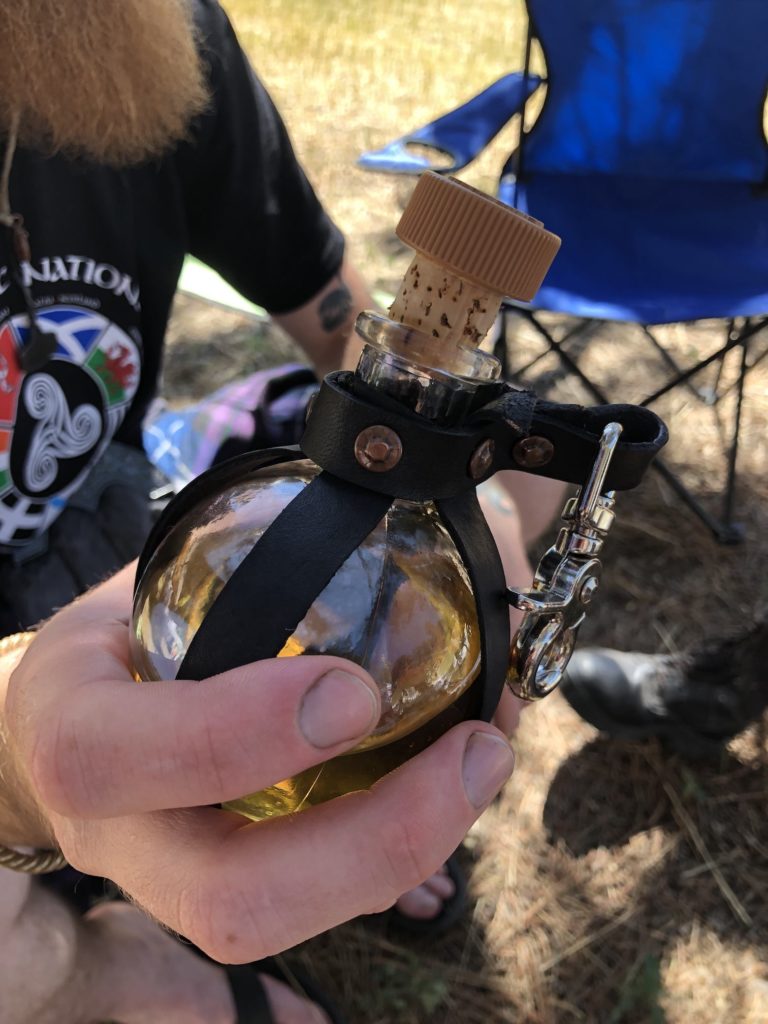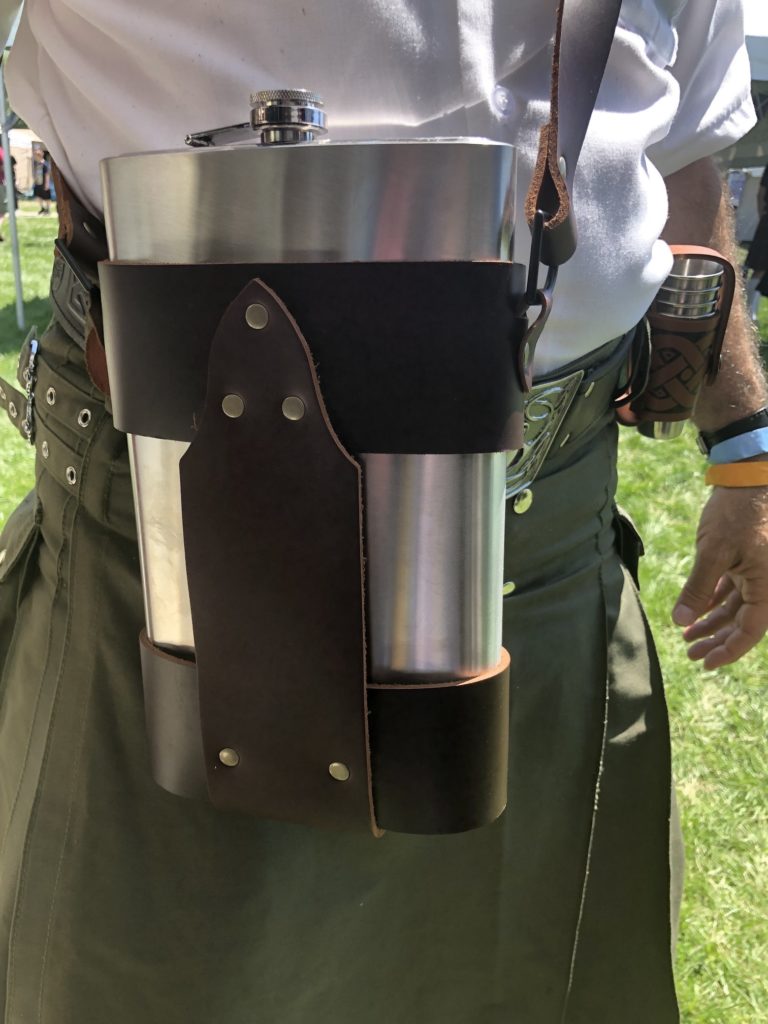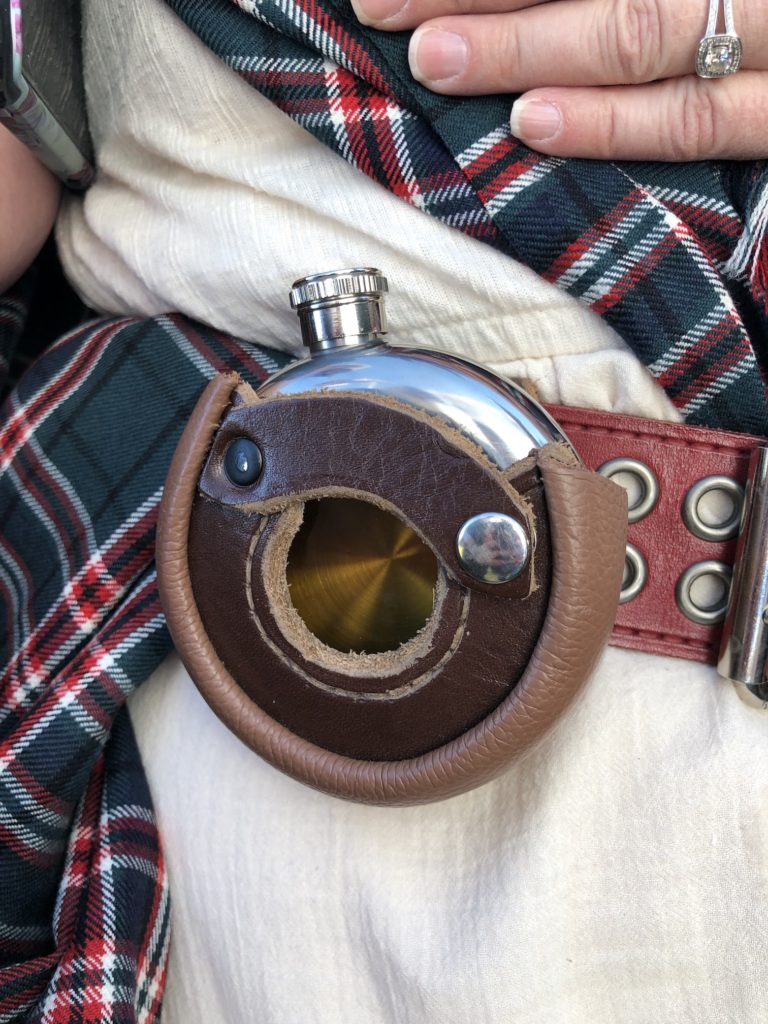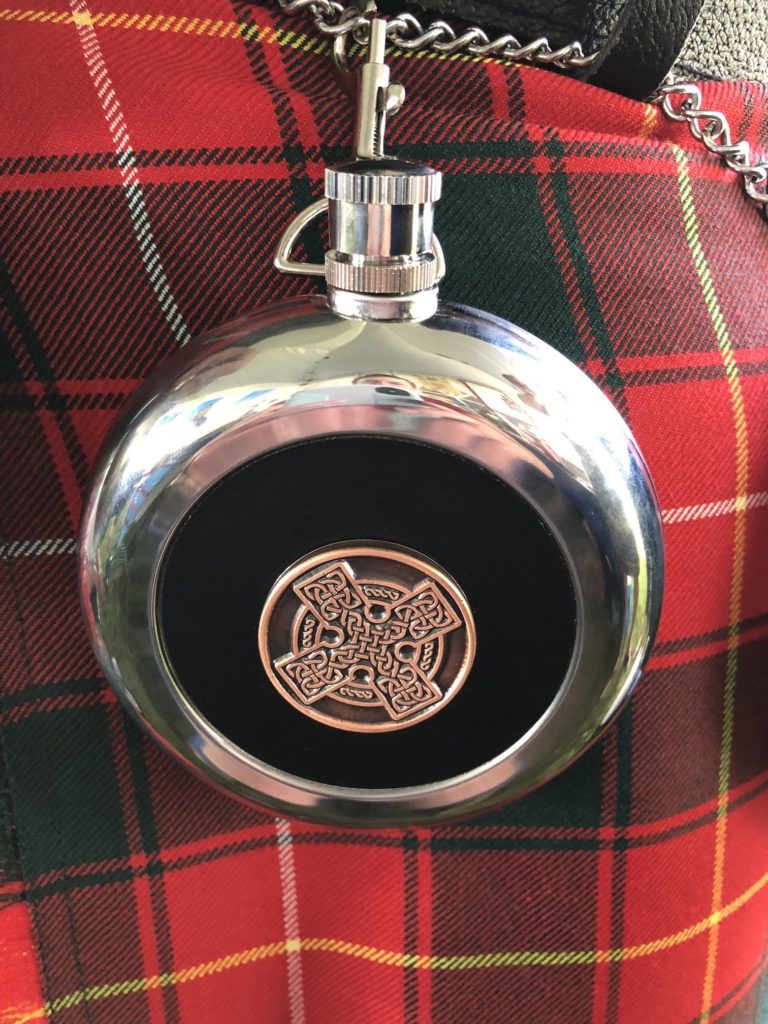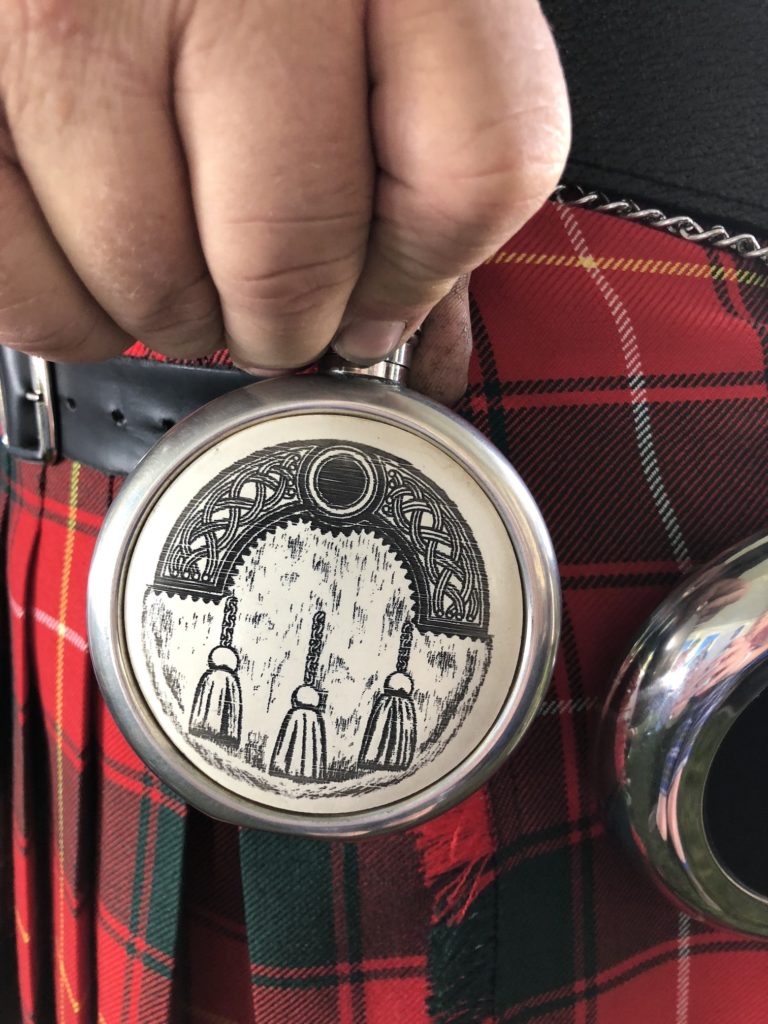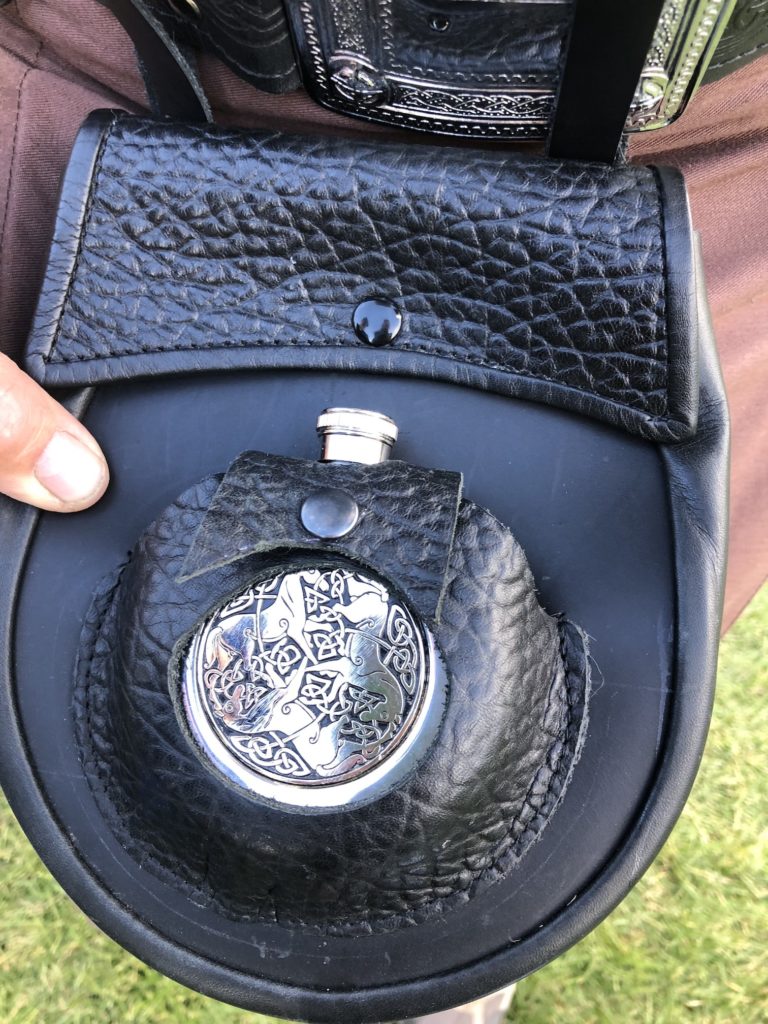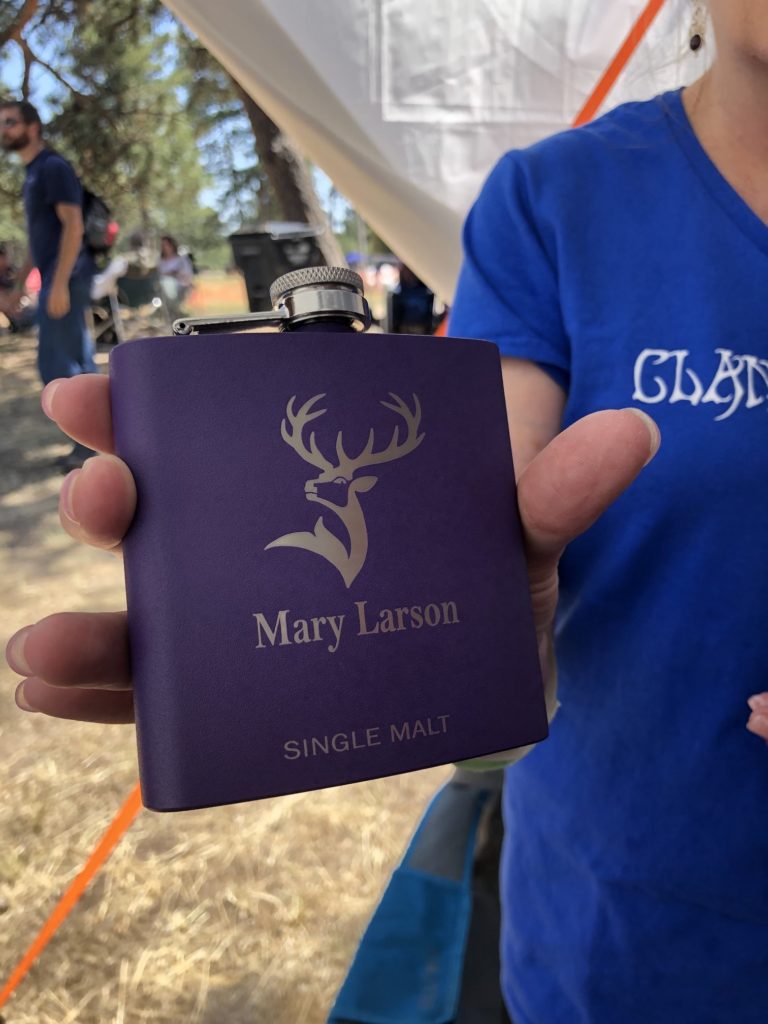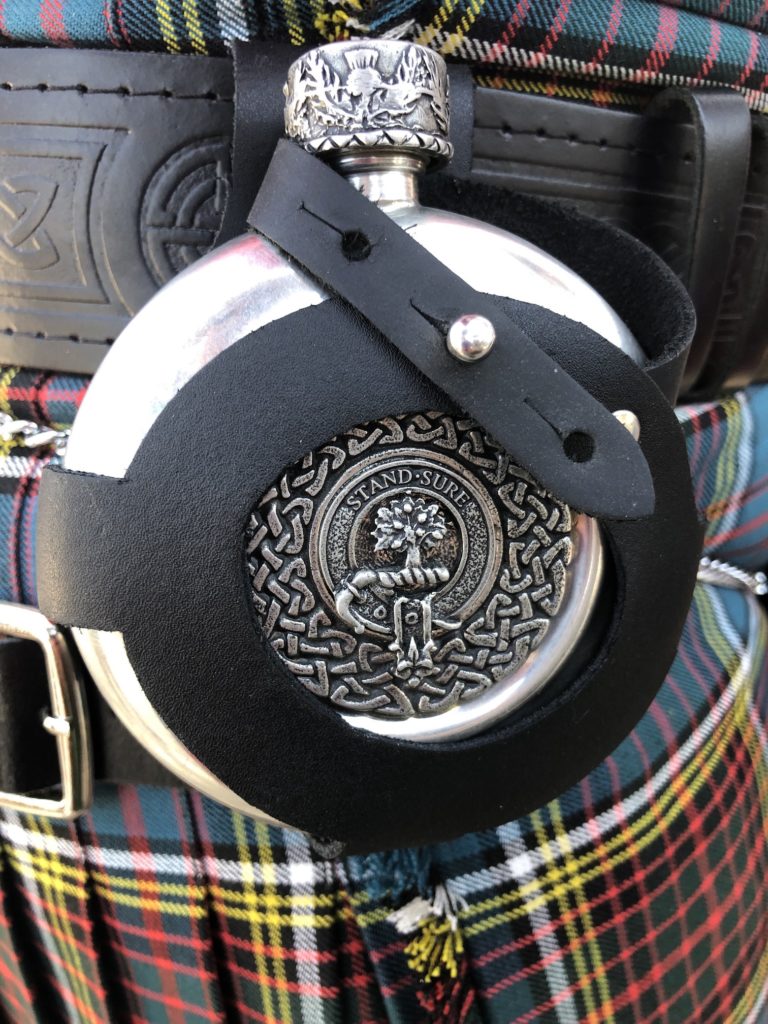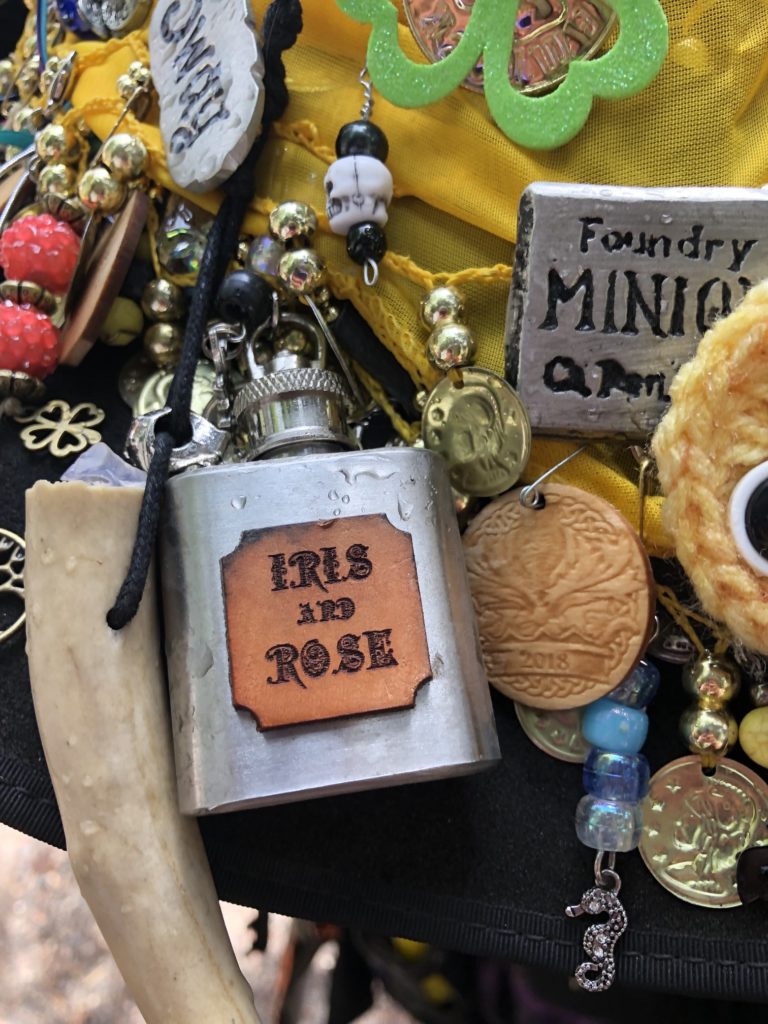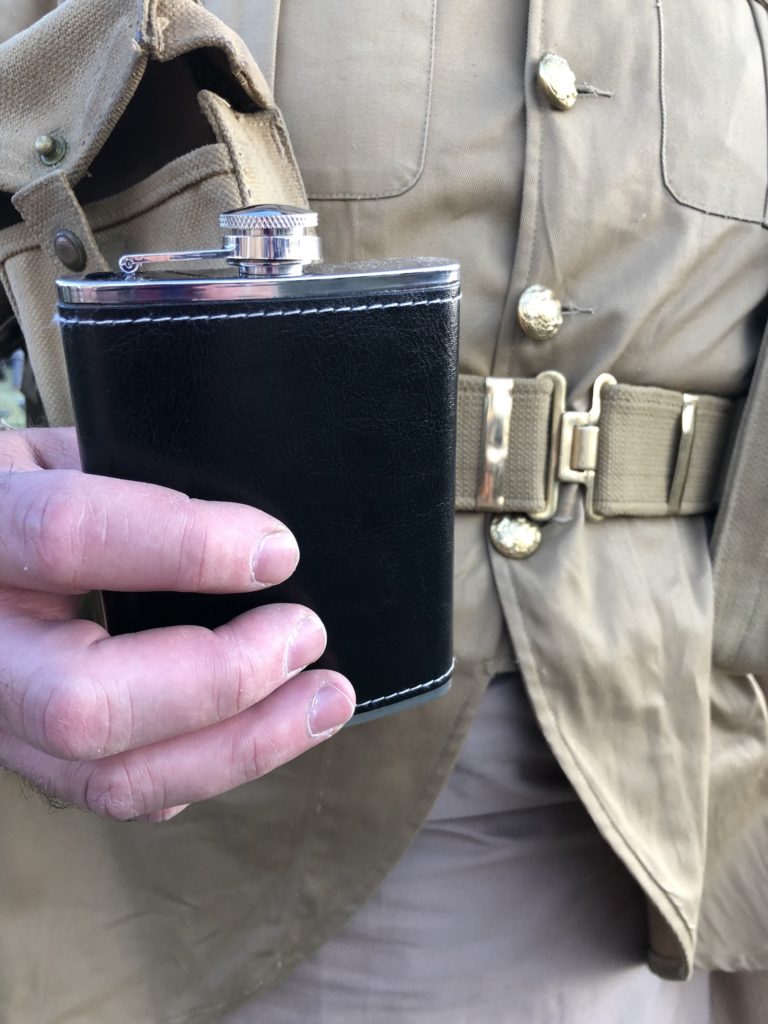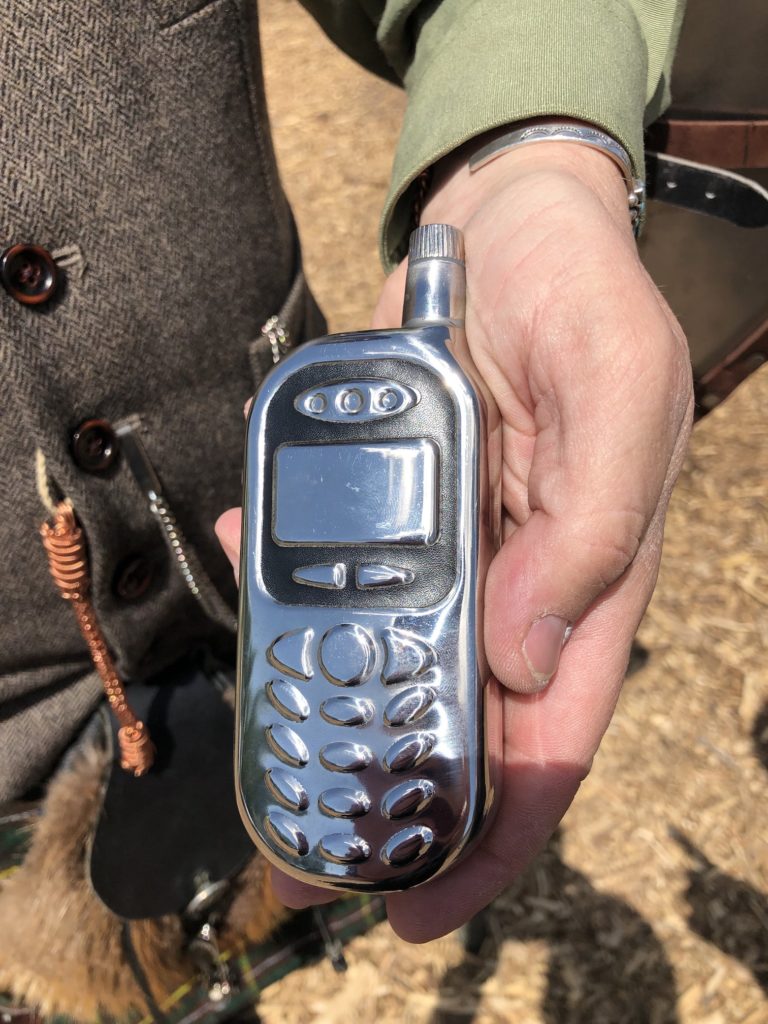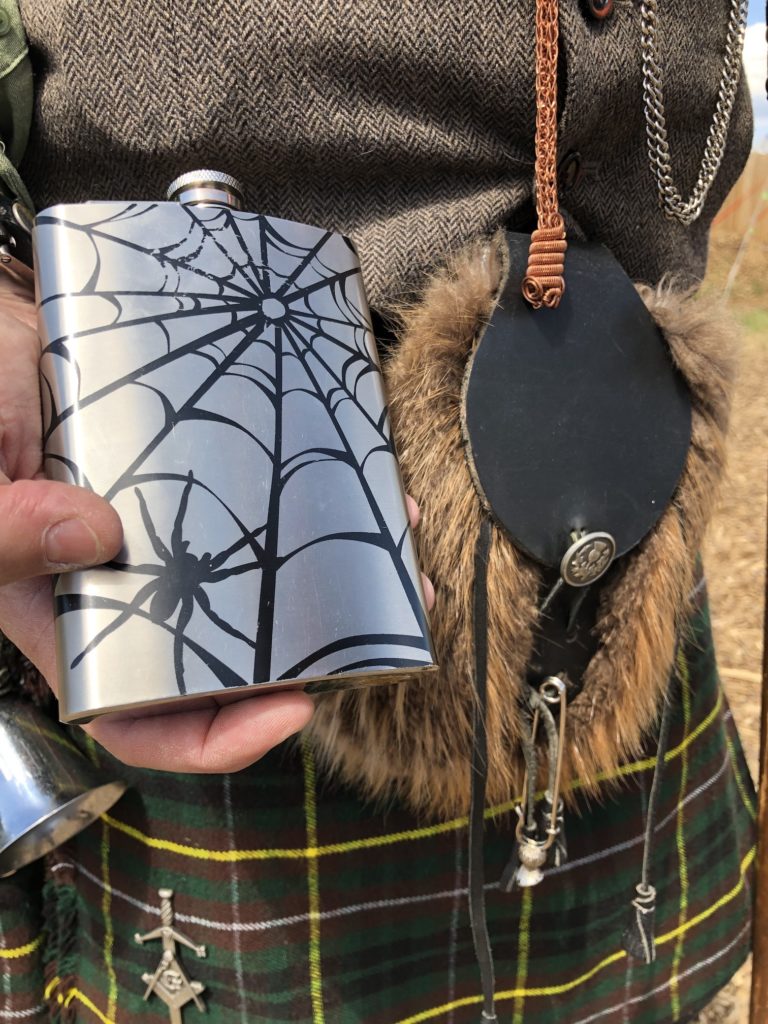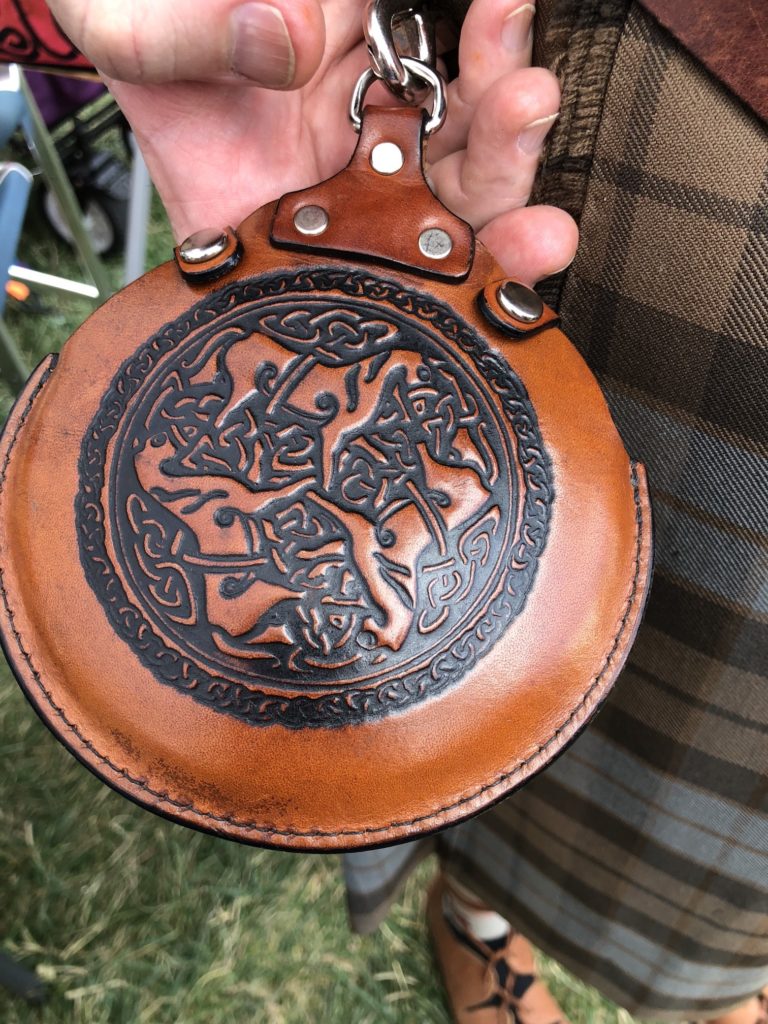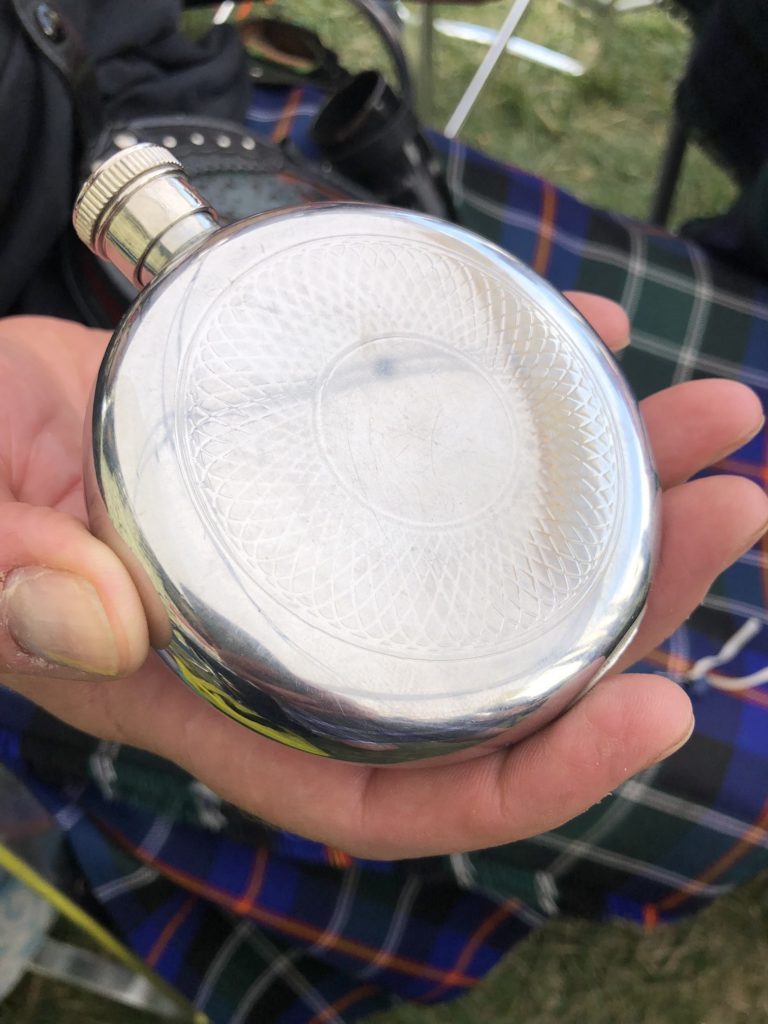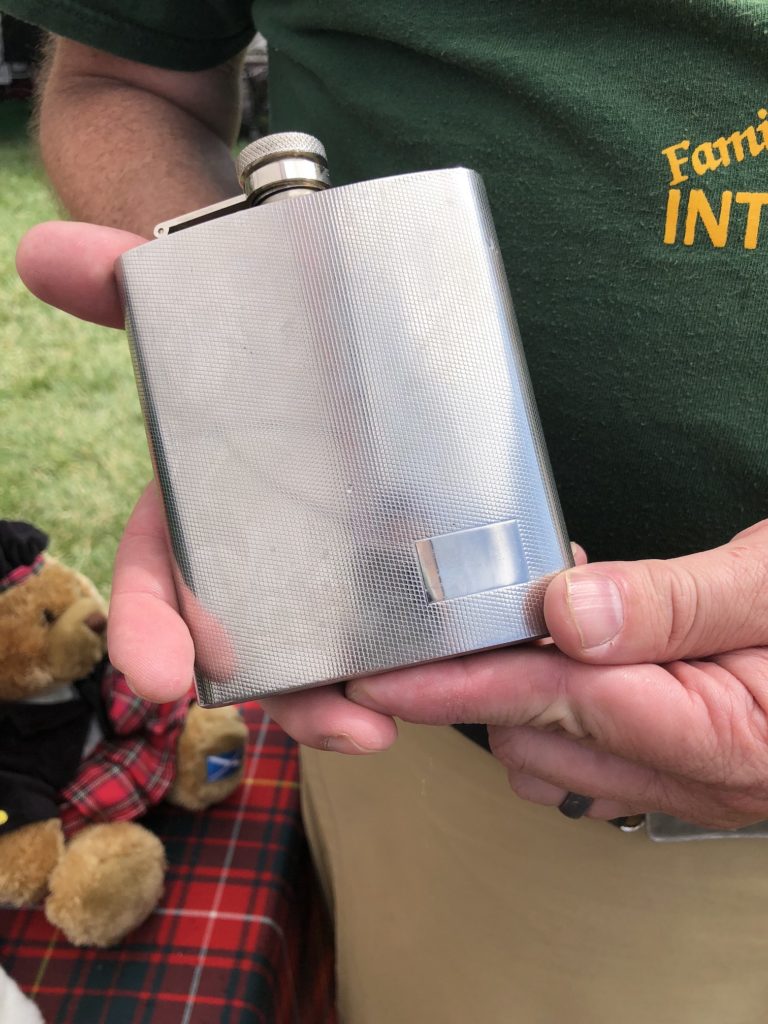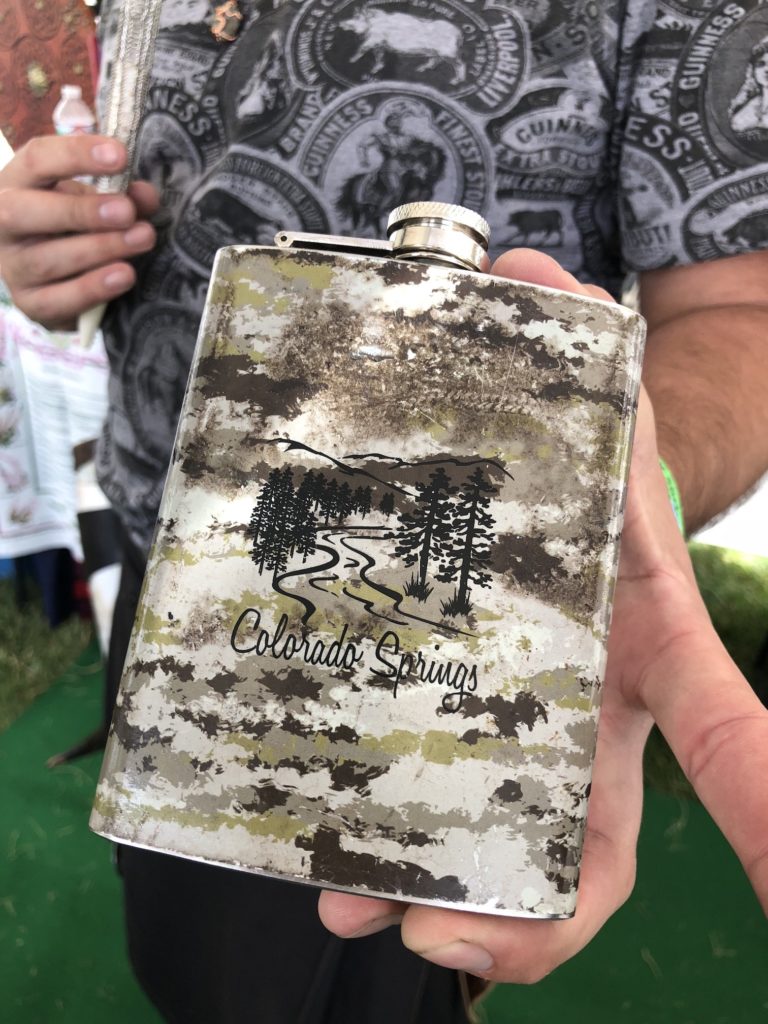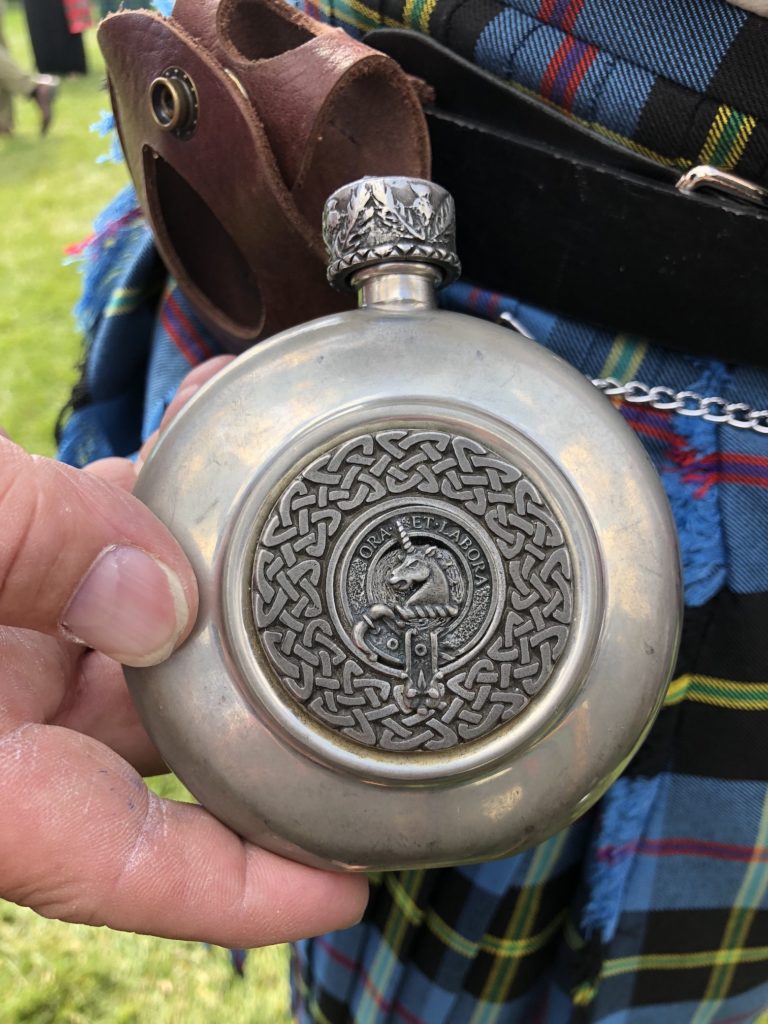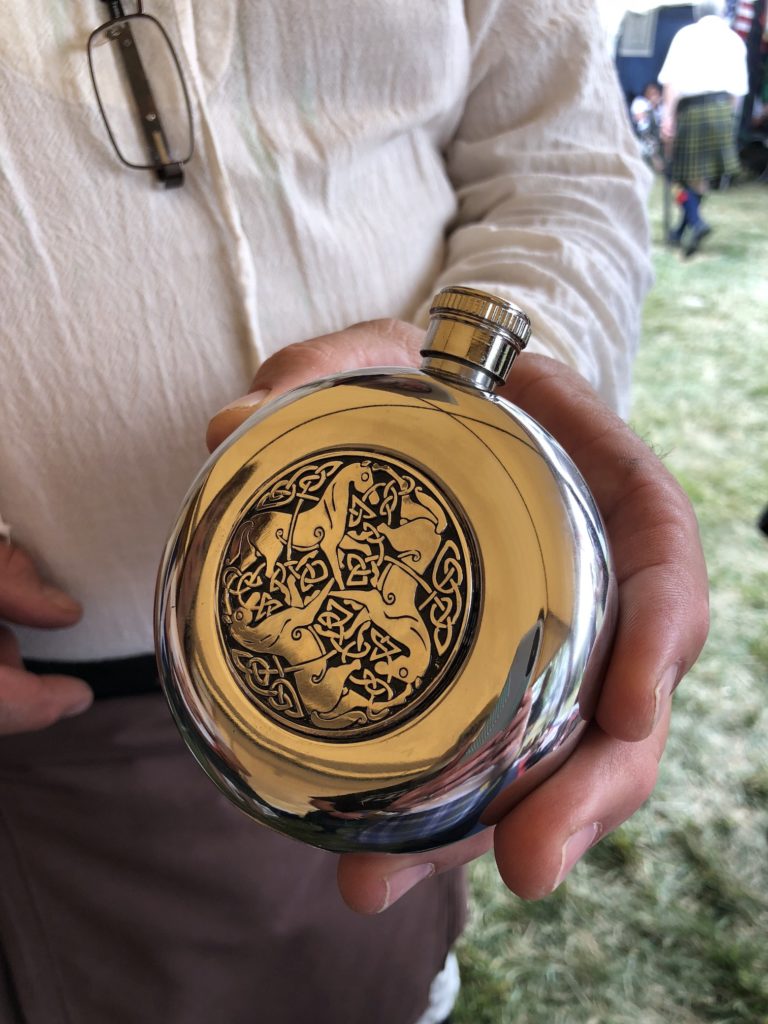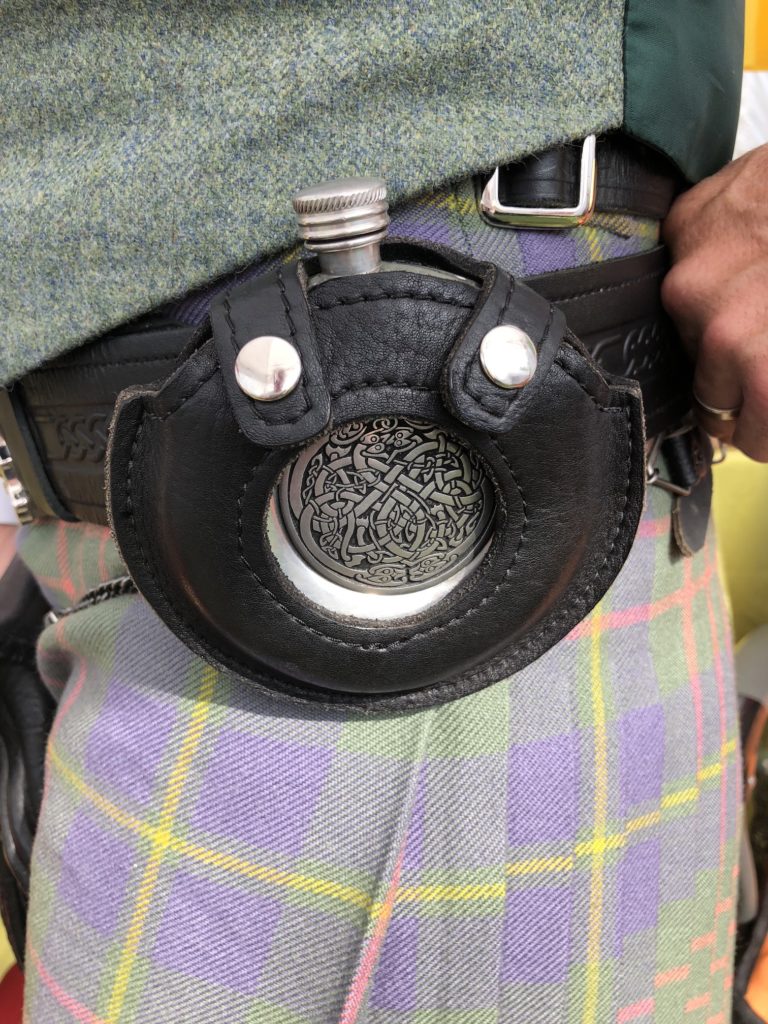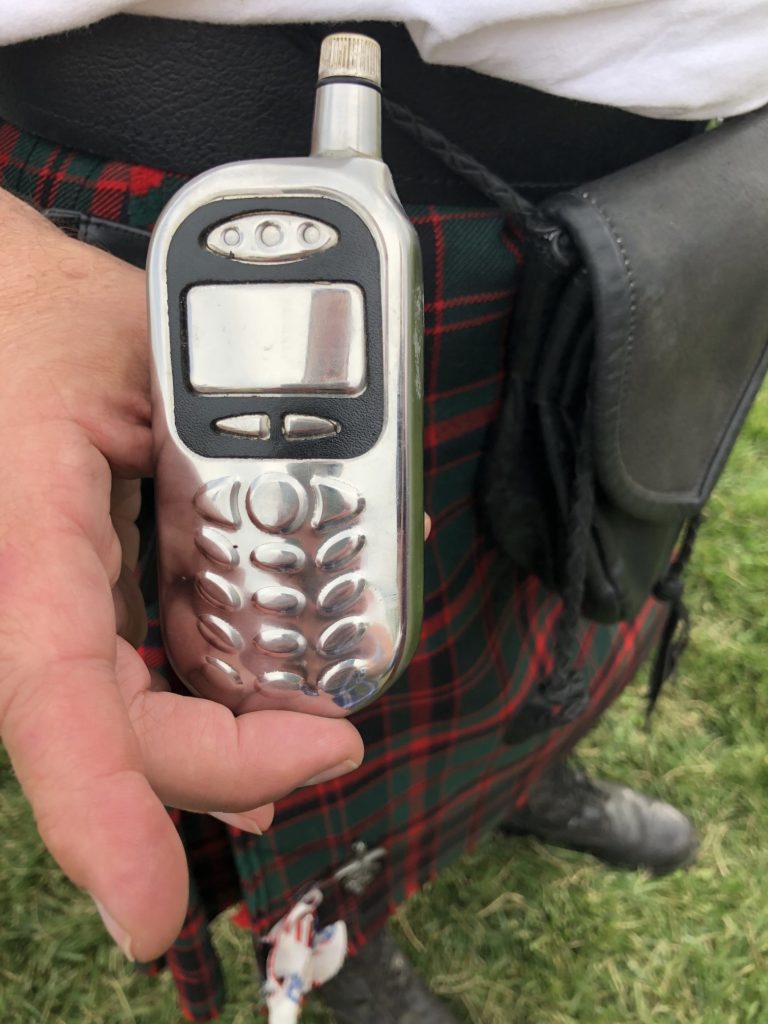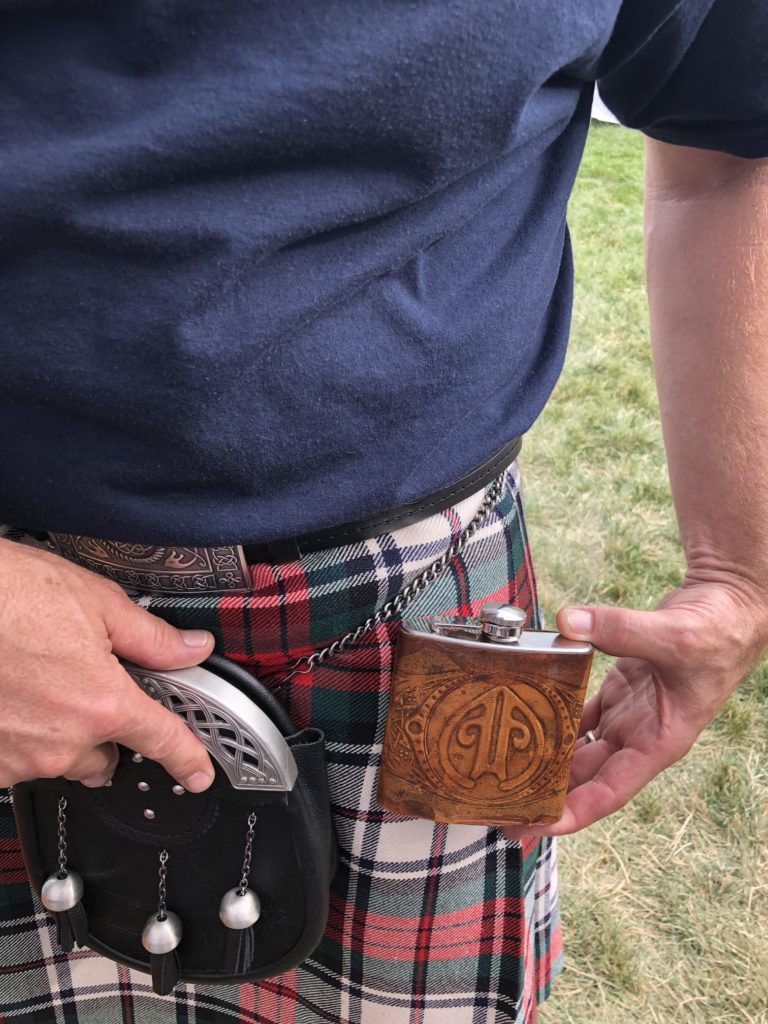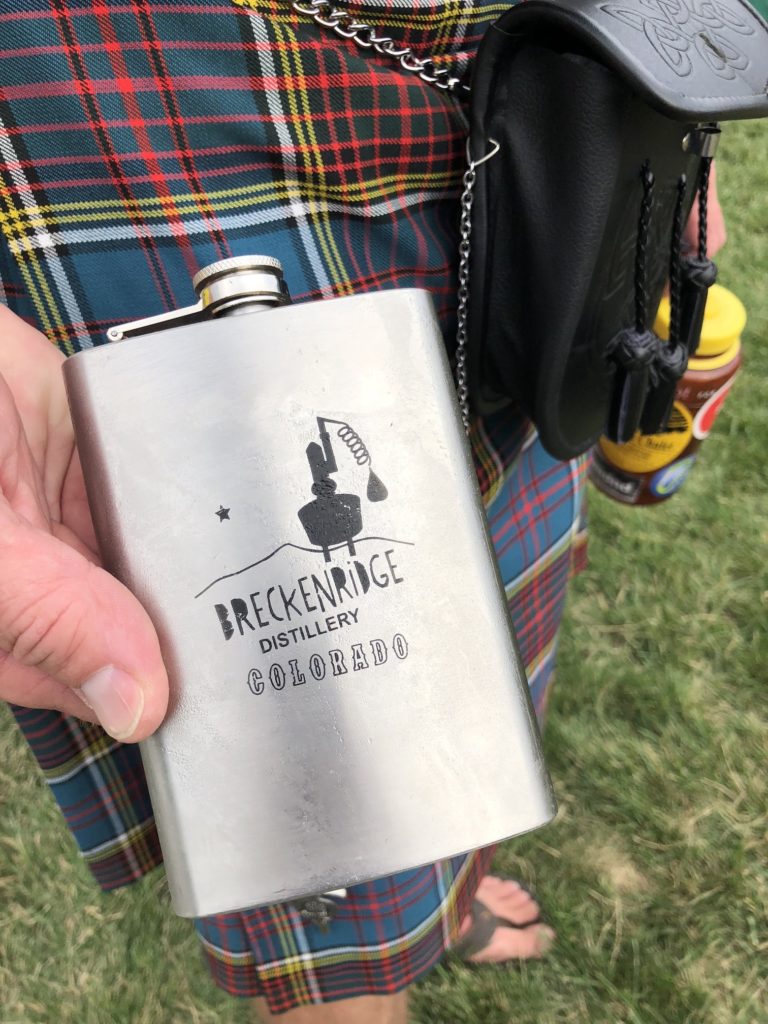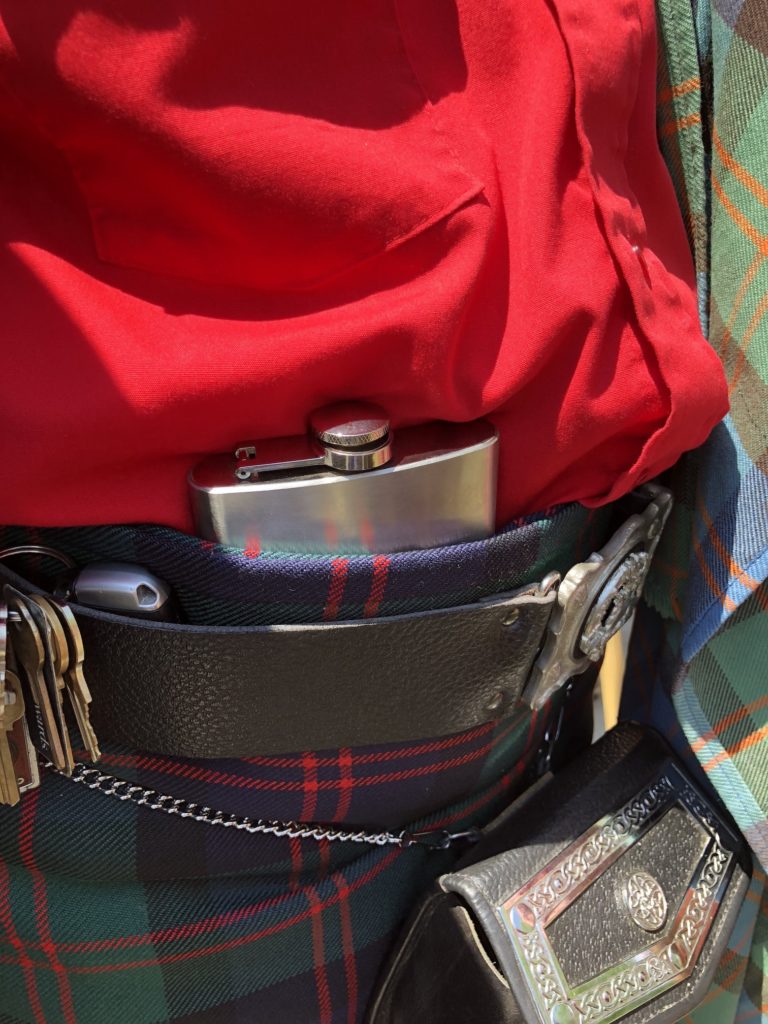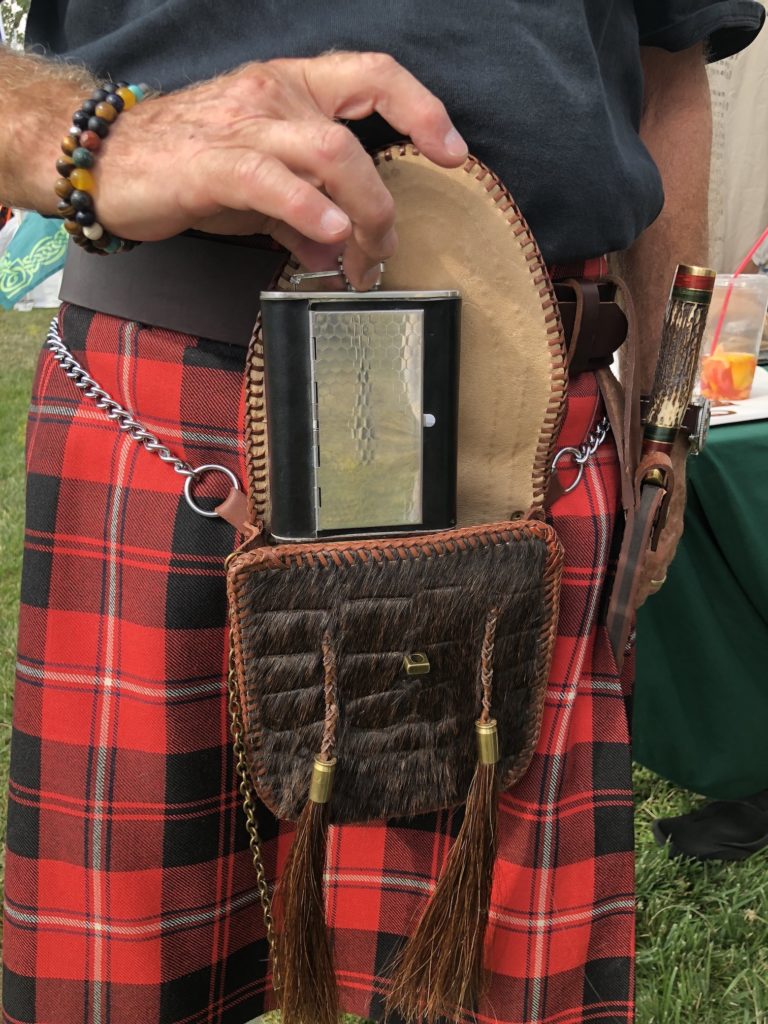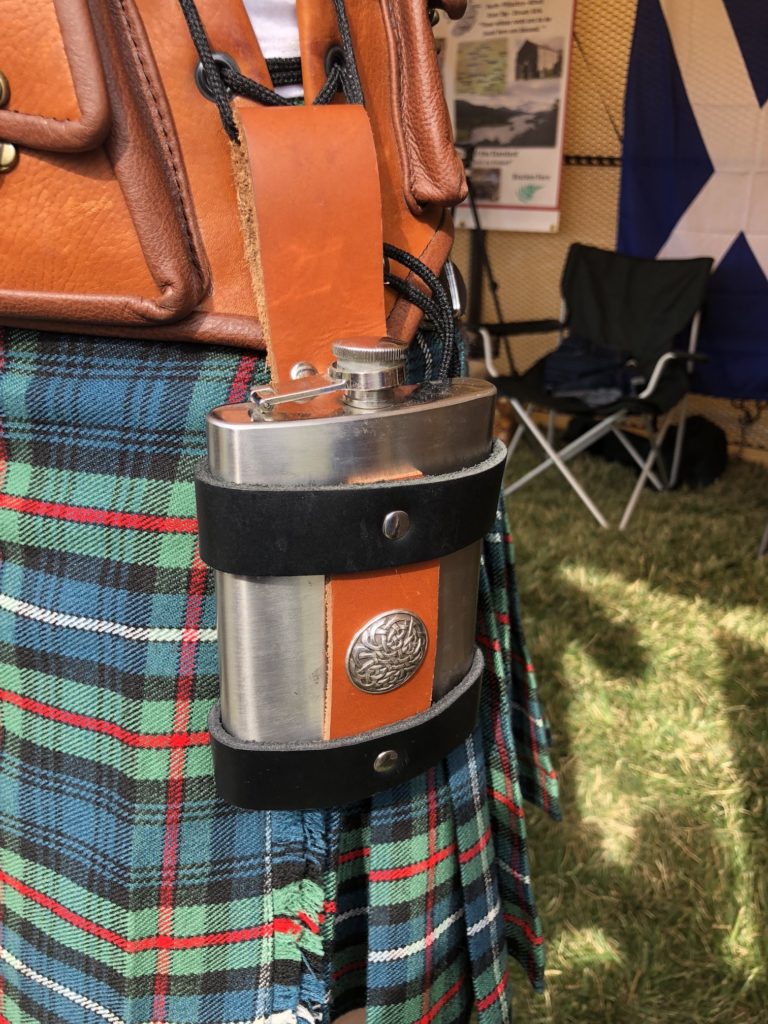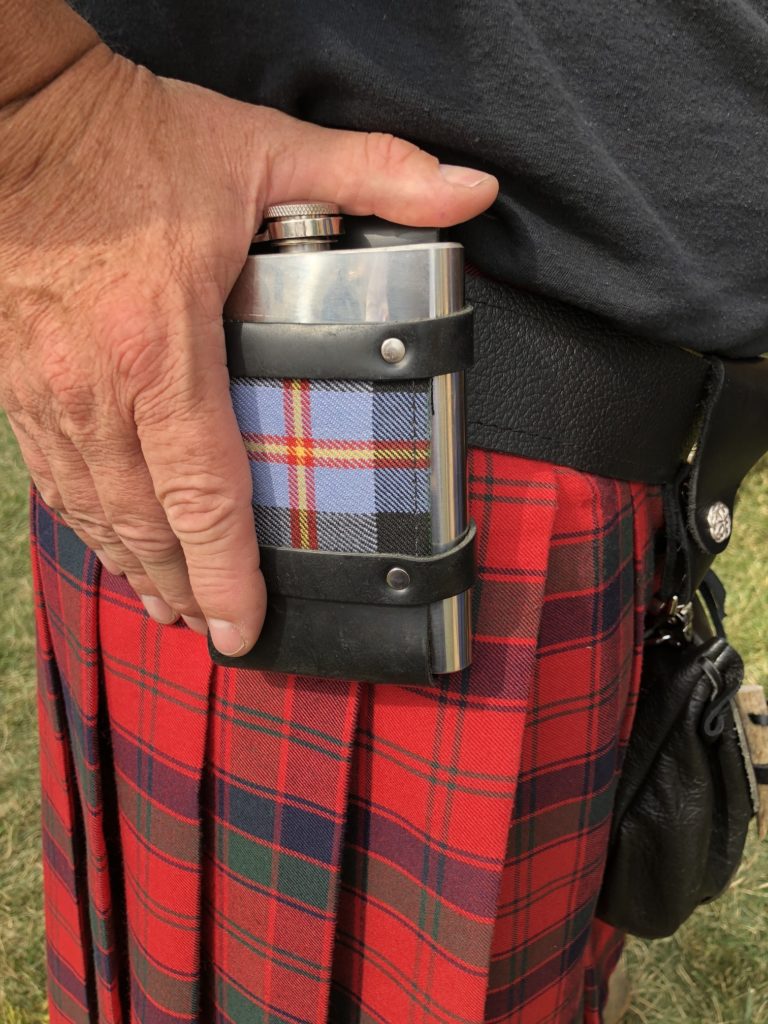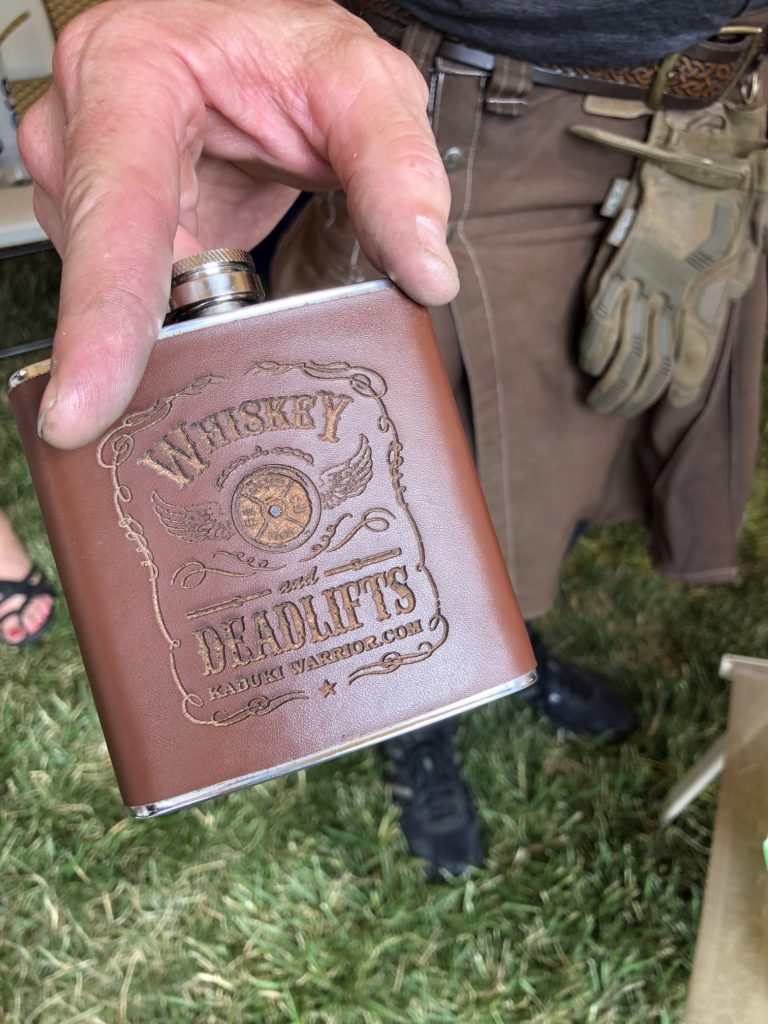The tagline of my blog says it’s for people who are keen on “kilts, whisky, bagpipes and heritage.” I have yet to write about whisky or bagpipes, but today feels much more like a whisky day than a bagpipes day! Here are a few basic things I’ve learned and come to love about whisky.
How it’s spelled
The country of origin determines the spelling of the grain spirit: in Scotland, Canada and Japan, it’s spelled whisky without an “e.” In the United States and Ireland, it’s whiskey with the “e.” How it is distilled doesn’t affect the spelling — only the country of origin. What you call it may also be determined by your country of origin. In Scotland, it’s generally just whisky, but here in the states we often say Scotch whisky or Scotch to distinguish it from our other whiskeys. If you want to be perfectly clear, then use the Gaelic — uisge beatha (pronounced oosh-kuh beh-ah) or the water of life!
Where it comes from
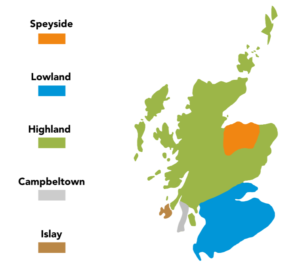
Only whisky that has been made in Scotland can be called Scotch. Within Scotland there are five distinct whisky regions, each with a distinctive flavor profile for their whisky. Those five regions are:
- Speyside
- Lowland
- Highland
- Islay
- Campbeltown
Because my first taste of whisky came from Isle of Islay, I’ve come to love the heavily-peated, smoky tasting whiskies from this island on the west coast of Scotland. To get a quick overview of the different regions and their flavor profiles, check out this description from the Scotch Whisky Association, which works to promote Scotch whisky worldwide.
How it’s made
There are five main types of Scotch whisky. These are defined as:
- Single malt – the product of a single distillery made from a mash of malted barley.
- Single grain – the product of a single distillery made from a mash of grains other than malted barley.
- Blended malt – a blend of two or more single malt Scotch whiskies.
- Blended grain – a blend of two or more single grain Scotch whiskies.
- Blended Scotch – a blend of single grain and single malt whiskies.
Whisky snobs worldwide prefer their single malts, but I’ve come to love some blended whiskies too. Monkey Shoulder, made with single malts from three well-known Speyside distilleries, is affordable and quite quaffable. Plus its name relates to whisky-making heritage; specifically, it’s a condition that the maltmen sometimes acquired after working long hours turning the barley by hand (at least according to Monkey Shoulder’s website).
How we measure it
We Scottish Americans and Scots-Irish love to talk about having a wee dram or a dram of whisky. But keep in mind that you are probably not having an actual dram and definitely not a wee dram when enjoying your whisky. Why? Because the measurement of an actual dram is one-eighth of a fluid ounce, less than a teaspoon! When someone offers you a wee dram or a dram, the amount of whisky in your glass will depend on the generosity of who’s pouring!
What we say when we drink it
While saying “cheers” is perfectly acceptable when sharing a wee dram, a better way to toast a friend’s good health is to say Slàinte Mhath! (pronounced Slanj-a-va).
What we keep it in
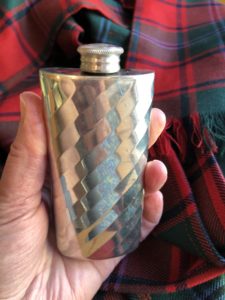
Honestly, I wrote this blog just so I can share pictures of flasks from Scottish Americans and Scots-Irish that I’ve met at different Highland and Celtic festivals throughout the United States. I love the variety and personality that comes from not only from the individual’s choice of whisky but also from their choice of flasks.
My personal flask is a vintage pewter flask made in Sheffield, England. I don’t know how “vintage” it is, but I loved it for its small size and simplicity the first time I saw it. My go-to whisky for the flask is the Islay that introduced me to “the water of life” — Laphroaig 10-year single malt.
I recently purchased a new flask for my husband; his festival flask had lost the clan emblem glued to the front and was looking a bit sad for a Scottish American lad. I went with a classic Dalvey, made in Scotland and engraved with a bit of verse from the Scottish baird, Robert Burns. The husband doesn’t have a favorite whisky for his flask as he enjoys trying wee drams from all the whisky regions in Scotland.
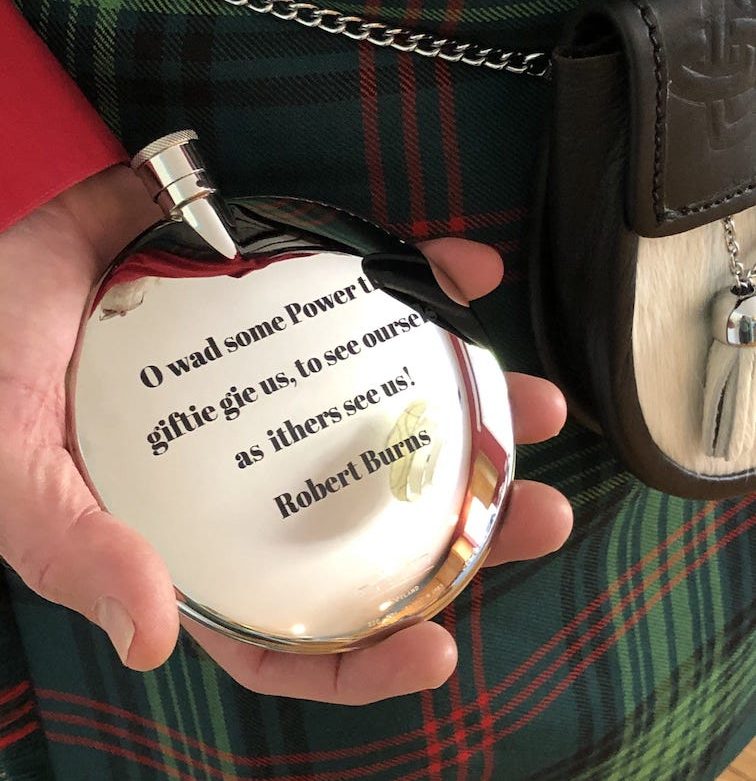
Share your flask and favorite whisky
Hope you enjoy the flask photos; perhaps some of you will even recognize one of your own. I’d love to see your flasks and to learn about your favorite flask whiskies. You can comment below this post and tell me about your favorite whiskies. If you want to share a photo of your flask, go to the Scottish American Insider’s Facebook page, and comment on the post highlighting this blog. You can add a photo of your flask to your comment.


